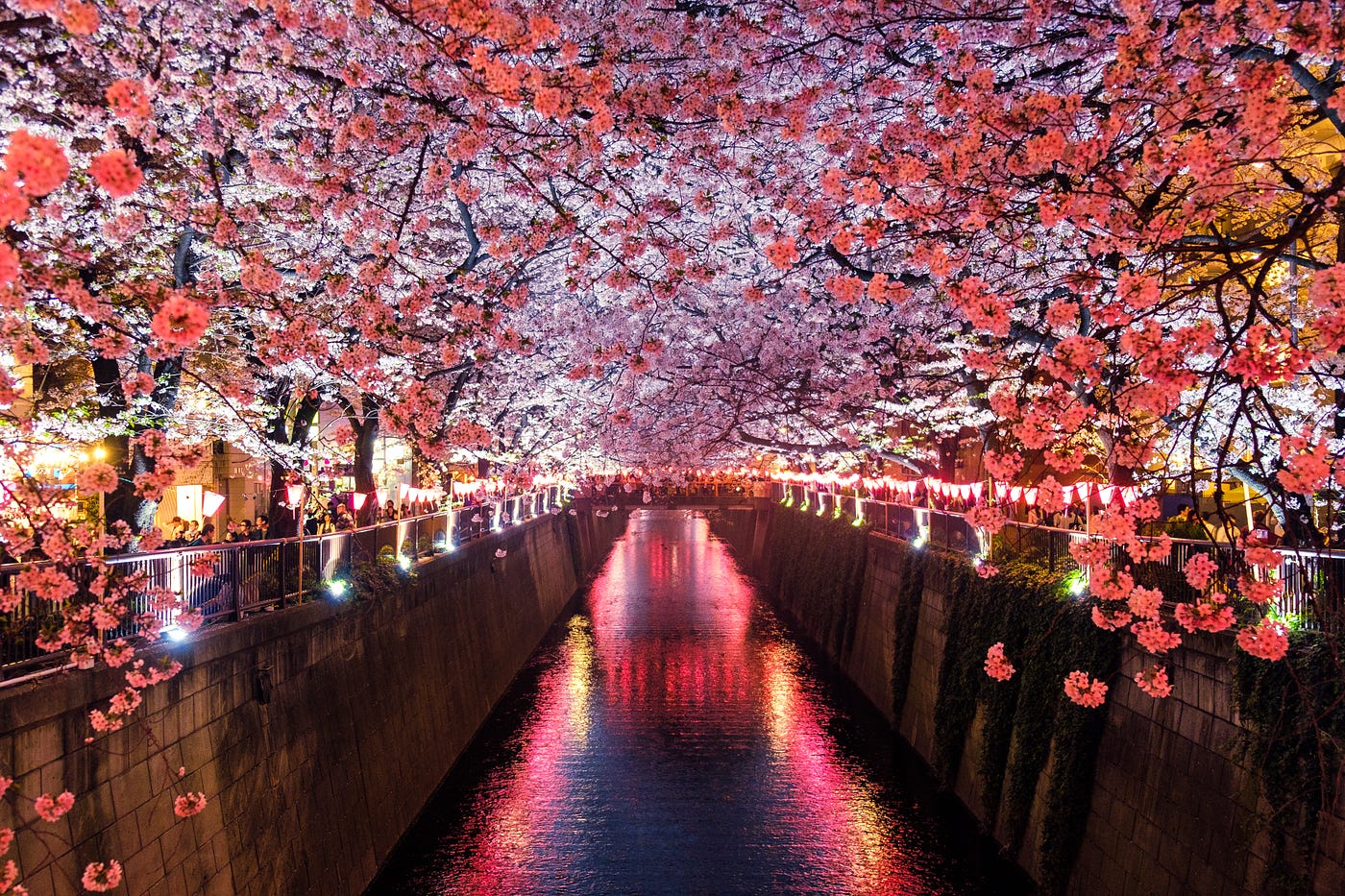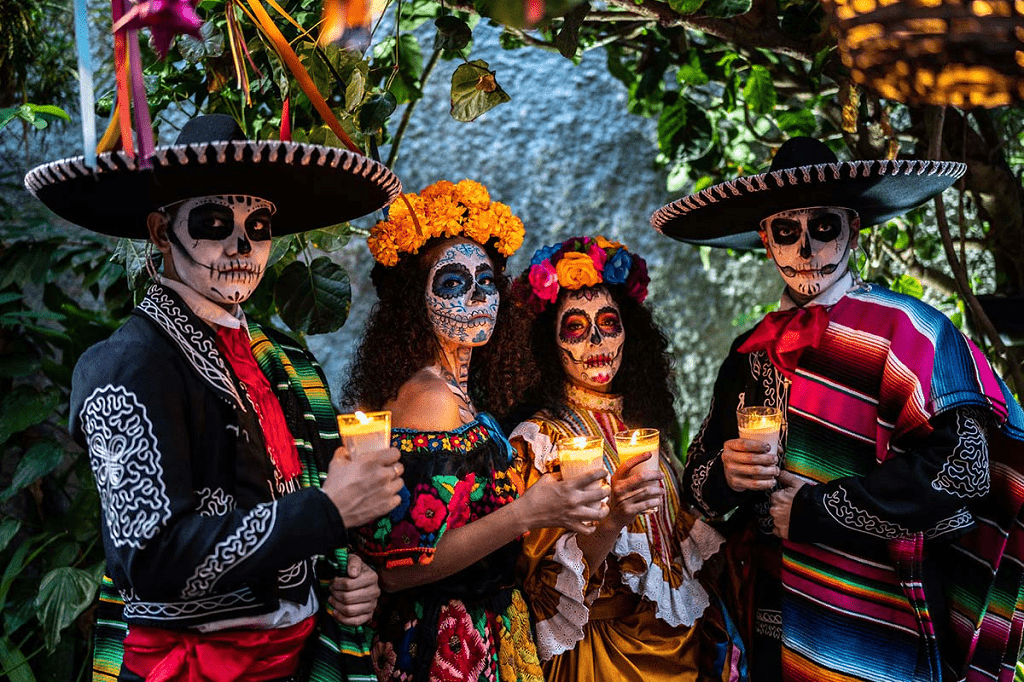Traveling the globe offers endless opportunities to experience new traditions, and nowhere is this more evident than at cultural festivals around the world. These festivals provide a vibrant showcase of music, dance, food, and rituals that offer a unique insight into the traditions and heritage of different communities. Whether you are looking to join in the joyous celebrations of Carnival in Rio, witness the spectacular Diwali lights in India, or be enchanted by Japan’s cherry blossom festival, these cultural festivals around the world are not to be missed.
Carnival in Rio de Janeiro, Brazil
One of the most famous cultural festivals around the world is the Carnival in Rio de Janeiro. Held before Lent, this festival is an explosion of color, music, and dance. Samba schools prepare all year for the parades, showcasing elaborate costumes and floats. The energy is palpable as millions of revelers take to the streets to dance, sing, and enjoy the lively atmosphere. For visitors, participating in Carnival is an unforgettable experience, immersing them in Brazilian culture and traditions.
Diwali, the Festival of Lights in India
Diwali, also known as Deepavali, is one of India’s most important festivals, celebrated by millions across the country and around the world. This five-day festival symbolizes the victory of light over darkness and good over evil. Homes are decorated with oil lamps and colorful rangoli designs, and fireworks light up the night sky. Families come together to exchange gifts and sweets, and prayers are offered to the goddess Lakshmi. Diwali is a time of joy, reflection, and togetherness, making it one of the most cherished cultural festivals around the world.
Hanami, Cherry Blossom Festival in Japan
In Japan, the arrival of spring is marked by the breathtaking beauty of cherry blossoms, or sakura. Hanami, which means “flower viewing,” is a traditional Japanese festival where people gather in parks and gardens to enjoy the cherry blossoms. Families and friends spread out picnic blankets under the blooming trees, enjoying food, drinks, and the stunning natural scenery. The fleeting nature of the cherry blossoms, which last only a couple of weeks, makes Hanami a poignant reminder of the transient beauty of life.

credit: medium.com
Oktoberfest in Munich, Germany
Oktoberfest in Munich is the world’s largest beer festival, attracting millions of visitors each year. This 16-day festival is a celebration of Bavarian culture, featuring traditional music, dance, and, of course, beer. Visitors can enjoy a wide variety of local brews, served in massive steins, along with traditional German foods like pretzels, sausages, and roast chicken. The festival grounds are filled with amusement rides, games, and parades, making Oktoberfest a fun and lively event for all ages.
Mardi Gras in New Orleans, USA
Mardi Gras, or Fat Tuesday, is a vibrant cultural festival celebrated in New Orleans, Louisiana. Known for its lively parades, colorful costumes, and festive atmosphere, Mardi Gras is a time for indulgence before the austerity of Lent. The streets of New Orleans come alive with music, dance, and revelry as locals and visitors alike join in the celebrations. Beads, masks, and king cakes are iconic symbols of Mardi Gras, and the city’s rich cultural heritage is on full display throughout the festivities.
La Tomatina in Buñol, Spain
La Tomatina is a unique cultural festival held in the town of Buñol, Spain. Every year, thousands of participants gather for the world’s biggest food fight, where ripe tomatoes are thrown in the streets. The festival begins with the “palo jabón,” a greasy pole-climbing contest, followed by an hour-long tomato fight. The origins of La Tomatina are unclear, but it has become a beloved tradition that attracts visitors from all over the globe, eager to take part in this messy and fun-filled event.
Chinese New Year
Chinese New Year, also known as the Spring Festival, is the most important traditional festival in China. Celebrated at the turn of the lunar calendar, it is a time for family reunions, feasting, and honoring ancestors. The festival lasts for 15 days, culminating in the Lantern Festival. Homes are decorated with red lanterns and couplets, and fireworks light up the night sky. Traditional dragon and lion dances are performed, and red envelopes filled with money are given to children. Chinese New Year is a vibrant celebration of Chinese culture and traditions.
Day of the Dead in Mexico
The Day of the Dead, or Día de los Muertos, is a Mexican festival that honors deceased loved ones. Celebrated on November 1st and 2nd, the festival combines indigenous Aztec rituals with Catholic traditions. Families create altars, or ofrendas, decorated with photos, candles, marigolds, and the favorite foods and drinks of the departed. Sugar skulls and pan de muerto, a special bread, are also common. The Day of the Dead is a joyful celebration of life and death, filled with music, dance, and colorful parades.
Holi, the Festival of Colors in India
Holi, known as the Festival of Colors, is a Hindu festival celebrated across India and Nepal. Marking the arrival of spring and the victory of good over evil, Holi is a time for fun and festivity. Participants throw colored powders and water at each other, creating a vibrant and joyous atmosphere. Bonfires are lit the night before Holi to signify the burning of the demon Holika. The festival also includes singing, dancing, and feasting, making it one of the most lively and colorful cultural festivals around the world.
Gion Matsuri in Kyoto, Japan
Gion Matsuri is one of Japan’s most famous festivals, held in Kyoto every July. Originating in the 9th century, this month-long festival features parades, traditional music, and elaborate floats called yamaboko. The highlight is the grand procession on July 17th, where the floats are pulled through the streets by teams of men. Gion Matsuri is a celebration of Kyoto’s rich history and culture, attracting visitors from all over the world who come to witness its stunning displays and participate in its festivities.
Cultural festivals around the world offer a window into the diverse traditions and customs that make each community unique. These celebrations bring people together, fostering a sense of unity and shared heritage. From the dazzling lights of Diwali to the colorful chaos of La Tomatina, these festivals are a testament to the human spirit of joy and celebration. By experiencing these cultural festivals, we gain a deeper appreciation for the richness of the world’s cultures and the traditions that bind us together.


